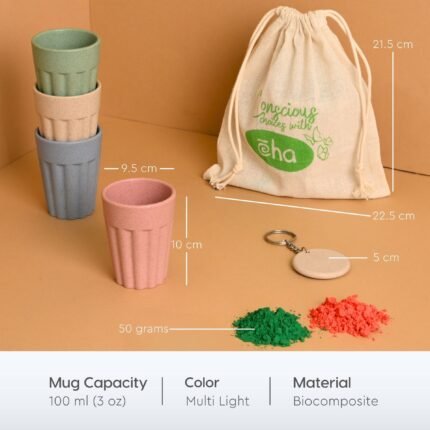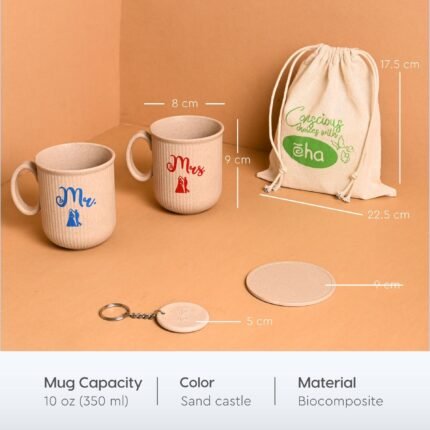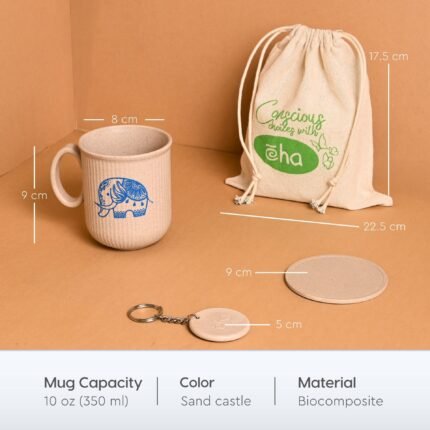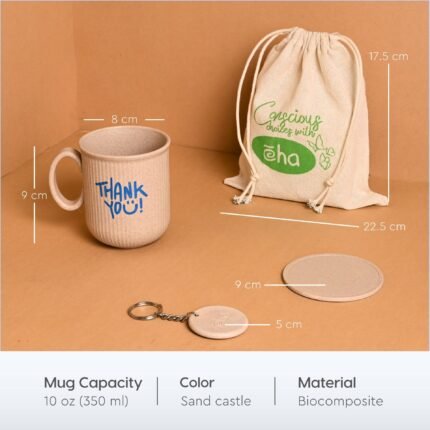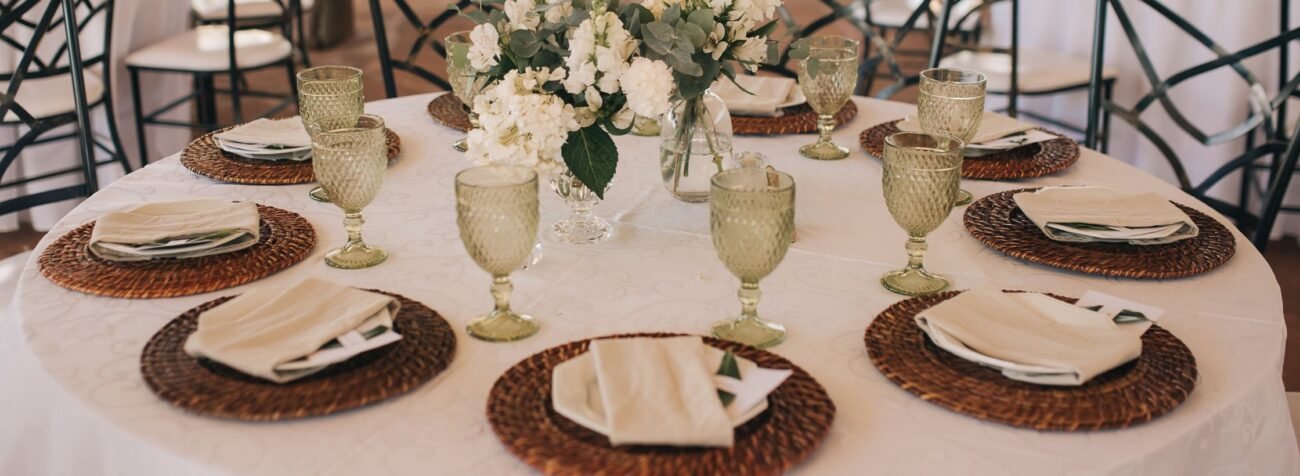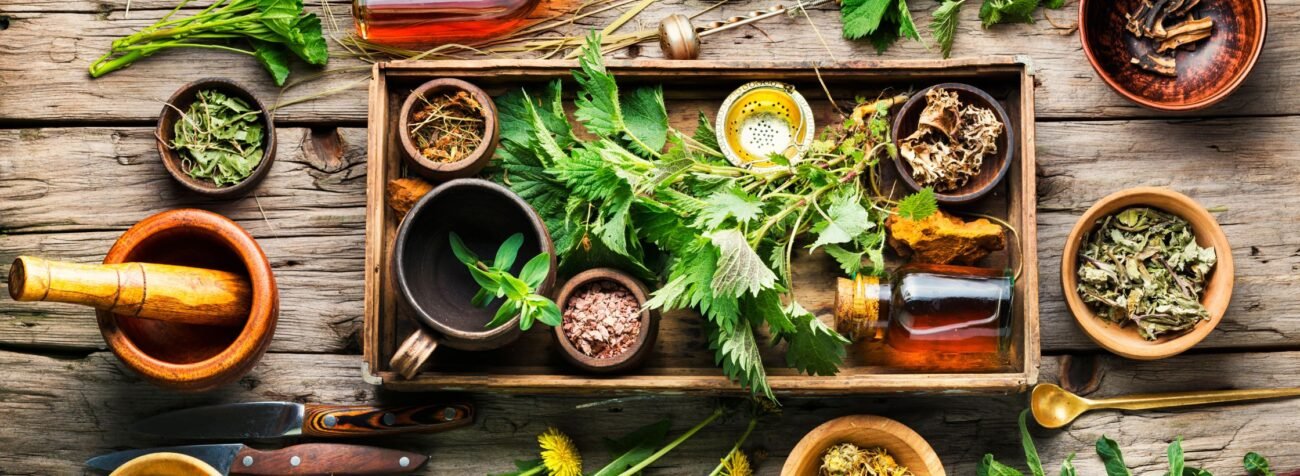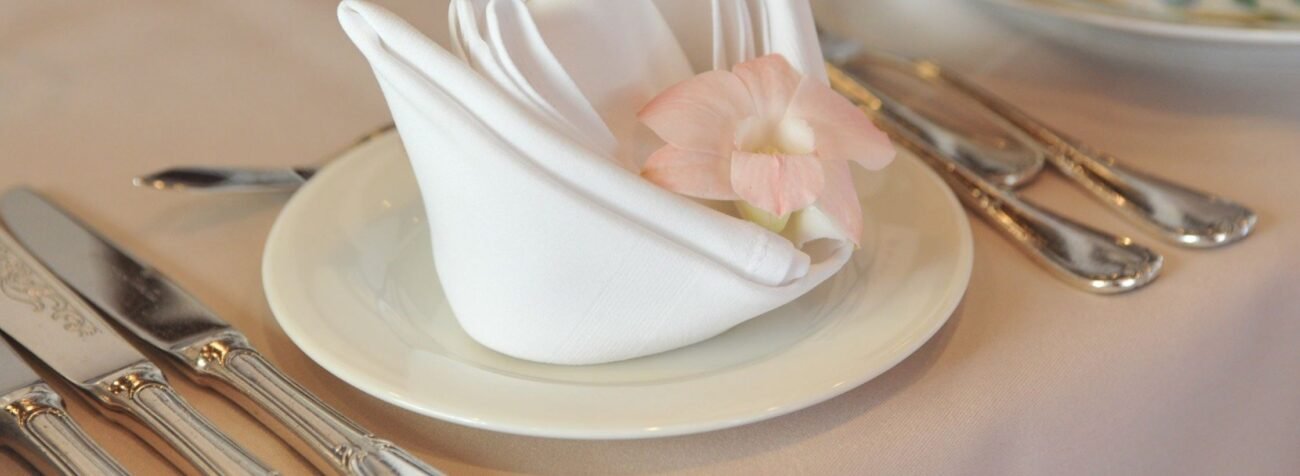The Diverse Faces of Ram Navami: A Regional Exploration
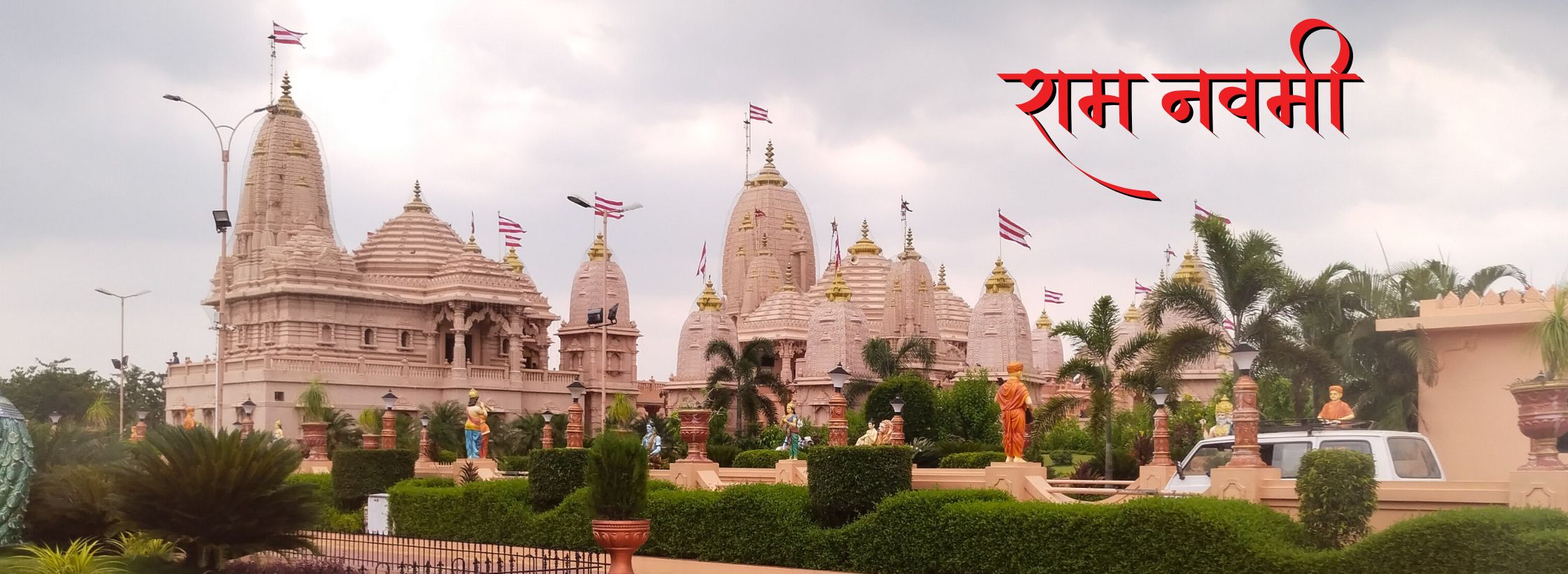
The Diverse Faces of Ram Navami: A Regional Exploration
Ram Navami is a time to celebrate the birth of Lord Rama, bringing together diverse rituals and festivities that reflect the rich cultural traditions across India.
Have you ever wondered how the same festival, celebrated across India, can take on so many unique flavors depending on where you are? Ram Navami, the festival celebrating the birth of Lord Rama, is one of those vibrant celebrations that varies from region to region, each with its own distinct customs, rituals, and festivities. But with all these different ways of celebrating, what’s the heart of Ram Navami, and why does it matter to so many people across the country?
Let’s take a deep dive into how Ram Navami is observed in different parts of India and explore some of the unique rituals and festivities that make it such a special event.
Ram Navami: A Festival That Unites Yet Differentiates
Before we get into the regional specifics, let’s zoom out for a second. Ram Navami marks the birthday of Lord Rama, the seventh incarnation of Lord Vishnu, and it’s a time when people come together to celebrate virtue, dharma, and the ideals of life as taught by Lord Rama. But no two places celebrate it in exactly the same way, which is what makes it such an interesting regional exploration.
From grand processions to small family poojas, Ram Navami takes on different forms depending on local customs and traditions. Let’s take a look at some of the distinct ways people celebrate across India.
North India: Processions and Traditional Rituals
In the northern states like Uttar Pradesh and Delhi, Ram Navami is celebrated with large, vibrant processions. In cities like Ayodhya, the birthplace of Lord Rama, the day is marked by elaborate rituals and festivities.
Rituals: Devotees gather in temples to chant hymns and perform aarti (devotional songs) in honor of Lord Rama. The celebrations begin early in the morning, with snan (holy baths) and prayers.
Processions: The highlight in places like Delhi and Varanasi is the grand Ram Navami procession. Devotees carry statues of Lord Rama, Sita, Lakshmana, and Hanuman through the streets, often accompanied by music, dance, and the chanting of bhajans (devotional songs). These processions are a sight to behold, with colorful decorations and crowds of people coming together to celebrate.
How this fits into your life: As part of the region’s deep-rooted culture, you may come across beautiful tableware or cups inspired by the vibrant colors and designs used in these processions. Whether you’re hosting a family pooja or gifting something special, these items can help bring a touch of tradition into your home.
South India: A Spiritual Gathering
In contrast to the grand processions in the North, South India celebrates Ram Navami in a quieter, more spiritual manner. States like Tamil Nadu and Karnataka observe the festival with temple rituals, fasting, and a focus on prayer and reflection.
Rituals: Devotees often fast on this day, focusing on purity and prayer. Temples hold special pujas (ceremonies) for Lord Rama, and the air is filled with the scent of incense and flowers. A key ritual is the reading of the Ramayana, the epic tale of Lord Rama’s life and his triumphs over evil.
Festivities: While the celebrations may not be as loud or colorful as in the North, there’s a deep sense of reverence. South Indians also make offerings of traditional foods like payasam (a sweet rice dish) and kosambari (a salad made with lentils and veggies).
How this fits into your life: If you’re inspired by South Indian traditions, think about incorporating some of the simplicity and purity into your lifestyle. For example, opting for sustainable, minimalist home decor and serving food in elegant, reusable biomaterial bowls or cups could help reflect the thoughtful, intentional spirit of the day.
West India: The Joy of Festive Feasts
Ram Navami in Gujarat and Maharashtra comes with its own unique flair, with celebrations that often revolve around food, music, and dancing.
Rituals: While traditional prayers and temple visits are common, one of the standout features of Ram Navami in this region is the joy of communal feasts. In Maharashtra, many people prepare puran poli (a sweet flatbread stuffed with jaggery and lentils), and in Gujarat, a sweet dish called shrikhand often graces the table.
Festivities: Local markets come alive with decorations, and some regions even hold dandiya (traditional dance) events. The sense of community is central, with families and neighbors coming together to share food and joy.
How this fits into your life: The focus on food and community gives this celebration a more intimate feel. Why not recreate that feeling at home by investing in sustainable storage and tableware? Reusable, eco-friendly plates and cups can help bring a piece of these festivities into your daily life while keeping your environmental impact low.
East India: A Day of Devotion and Family
In the eastern part of India, particularly in Bengal, Ram Navami takes on a more family-oriented and devotional aspect.
Rituals: The focus here is on family poojas, where the youngest family members often take part in reading verses from the Ramayana or chanting mantras. A large part of the day is spent at temples, where devotees sing hymns and offer prayers to Lord Rama.
Festivities: The day concludes with feasts that include traditional Bengali sweets and snacks. Unlike other regions, Ram Navami in Bengal is more about peaceful devotion and quiet family time rather than grand celebrations.
How this fits into your life: Whether you’re setting up for a family gathering or gifting something meaningful, products made from sustainable materials, such as bamboo or upcycled glass cups, can help create a warm, cozy, and eco-conscious environment for Ram Navami celebrations at home.
The Common Thread: Connecting Through Rituals and Festivities
Despite the regional differences, the heart of Ram Navami remains the same: it’s about celebrating Lord Rama’s virtues and connecting with the divine through shared rituals. Whether you’re enjoying a grand procession or a simple family pooja, Ram Navami is a reminder of the importance of devotion, family, and community.
When it comes to embracing the festival in your own life, incorporating some of these regional traditions can be a meaningful way to reflect on the values that Lord Rama represents—courage, virtue, and justice.
By making mindful choices for your home—whether it’s choosing durable, sustainable tableware or finding eco-friendly pots and planters—you can help bring the spirit of regional exploration and festivities into your everyday life.
Ram Navami is a celebration of culture, devotion, and joy. Embrace it in your own way, and find peace in knowing that no matter where you are, the values of Lord Rama can unite us all.
Visit eha’s range of sustainable gifting to choose, made with biocomposite materials using crop-waste such as rice husk, bamboo fibers and coffee husk.
If you are looking at developing new range of earth friendly drinkware speak to experts at Mynusco.








